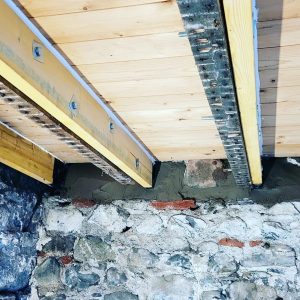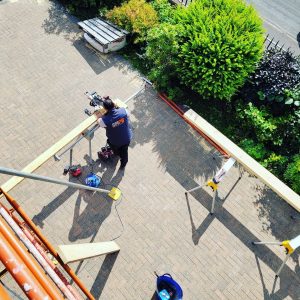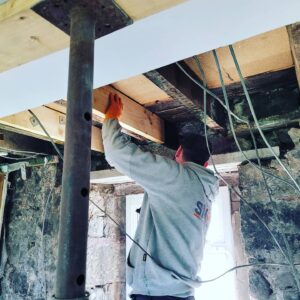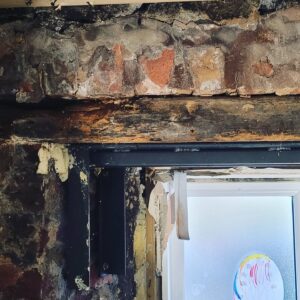OUR SERVICES
WET ROT TREATMENT SCOTLAND
Need help with Wet Rot IN SCOTLAND?
Call us today or request a survey online
What is Wet Rot in Scotland?
Wet rot is a prevalent issue in UK properties, stemming from prolonged exposure to excess moisture. This fungal decay affects timber and wood-based materials, compromising their structural integrity. Unlike its counterpart, dry rot, wet rot remains localised to the damp area it infests and does not spread through masonry. It arises when timber becomes consistently damp, causing it to lose strength and decay. Recognising the signs of wet rot is vital for timely intervention to safeguard your property in Scotland.
Wet Rot Specialist in Scotland
SMPS is your trusted specialist in Wet Rot Treatment, dedicated to combating this moisture-induced decay for properties across Scotland and the surrounding areas. Our experienced team understands the unique challenges posed by wet rot in the UK’s varying climate conditions and building structures. With a wealth of knowledge and state-of-the-art solutions, we offer tailored treatments to effectively address wet rot issues. Whether it’s identifying the specific type of wet rot, implementing targeted treatments, or preventing its recurrence, our experts are committed to preserving the structural integrity of your property in Scotland. Rely on us to keep your investment safe, ensuring that your space remains dry, secure, and free from the detrimental effects of wet rot.
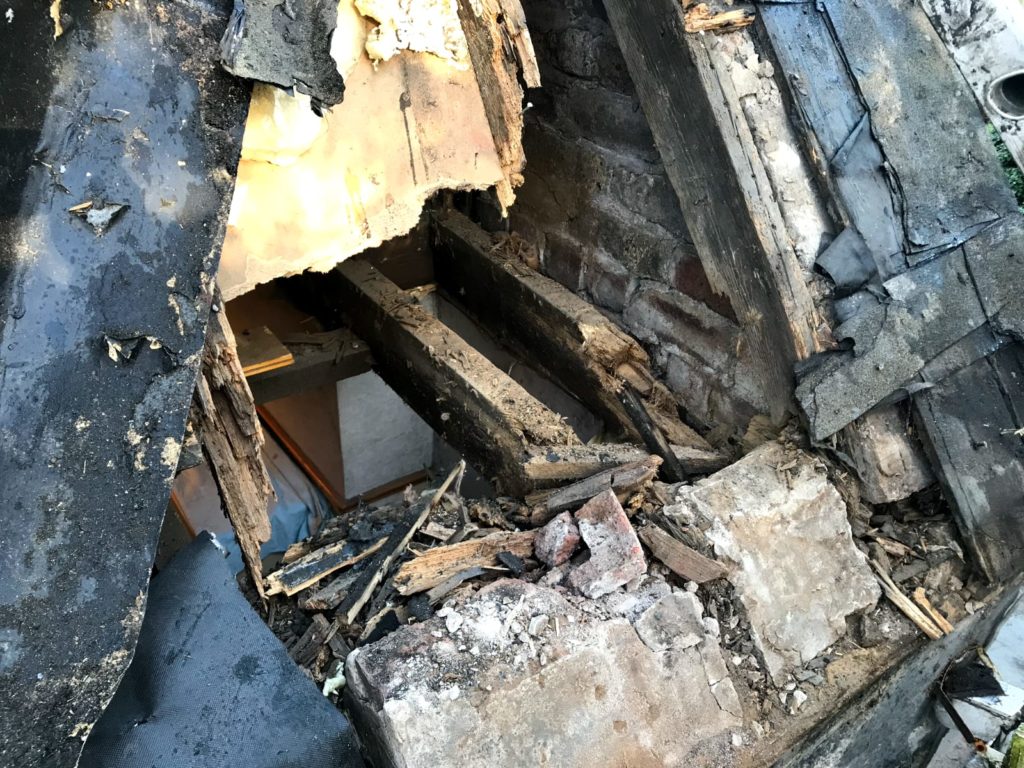
What are the Signs of Wet Rot in your Scottish Property?
Identifying wet issues early can save you from costly repairs and health hazards. Watch out for these common signs of wet rot:
Wet rot typically causes timber to darken and become discolored. The affected wood may appear brown, black, or even gray. This change in color is one of the earliest indicators of wet rot.
Wet rot weakens the affected timber, making it soft and spongy to the touch. When you press on the wood, it may give way easily or feel significantly less dense than unaffected wood.
As wet rot progresses, the affected timber can develop cracks and fissures. The wood may also shrink or warp, leading to noticeable changes in its shape and size.
One of the most distinct signs of wet rot is the presence of fungal growth. This can manifest as white or gray cotton wool-like mycelium, which resembles a cobweb, or as mushroom-like fruiting bodies with various colors and sizes depending on the specific wet rot type.
Wet rot often produces a musty and unpleasant odor. This odor is caused by the metabolic activities of the fungi and is a clear indicator of wet rot’s presence.
Water staining on timber surfaces is another sign of prolonged moisture exposure and potential wet rot. These stains may appear as dark patches or streaks on the wood
Wet rot can cause the fibers within timber to separate, resulting in a fibrous, stringy appearance. This deterioration can make the wood appear frayed or fragmented.
In advanced stages of wet rot, fungal spores may be released, leading to the presence of spore dust. This dust can accumulate around the affected area and is often reddish-brown in color.
Recognising these signs of wet rot is crucial for early detection and prompt treatment. Different types of wet rot may exhibit these signs to varying degrees, so it’s essential to consult with professionals who can accurately identify the specific type of wet rot and recommend the appropriate treatment to prevent further damage to your property’s timber and wood-based materials.
What Causes Wet Rot in a Property?
Wet rot is a type of fungal decay that affects timber and wood-based materials in buildings. It occurs when wood is exposed to prolonged moisture, which provides an ideal environment for various types of fungi to thrive. Here are the primary causes of wet rot, along with explanations for each:
The most significant factor causing wet rot is excess moisture. Timber and wood-based materials need a consistent source of moisture for fungi to establish and grow. Leaking roofs, plumbing issues, or poor drainage can introduce and sustain the moisture necessary for wet rot to develop.
Inadequate ventilation within a building can trap moisture, leading to the development of wet rot. Stagnant air can prevent damp areas from drying out, providing the ideal conditions for fungal growth.
Now, let’s explore some common types of wet rot and their characteristics:
Cellar fungus is one of the most common types of wet rot. It often appears in damp areas like cellars, basements, and crawlspaces. It causes timber to become darkened, cracked, and fibrous. The affected wood may also have a distinctive mushroom-like odor.
Mine fungus prefers timber with high moisture content and often develops in areas with prolonged dampness. It tends to spread widely and can weaken structural timbers. Wood affected by mine fungus typically turns brown and has a fibrous, stringy appearance.
White pore fungus is known for its white, cotton-like appearance on affected timber. It tends to colonize hardwoods and can be identified by its soft, spongy texture. White pore fungus is often found in areas with persistent damp conditions.
Addressing the causes of wet rot, as well as identifying the specific type of wet rot present, is crucial for effective treatment. Timely intervention by professionals can prevent further damage and protect the integrity of your property’s structural elements.
